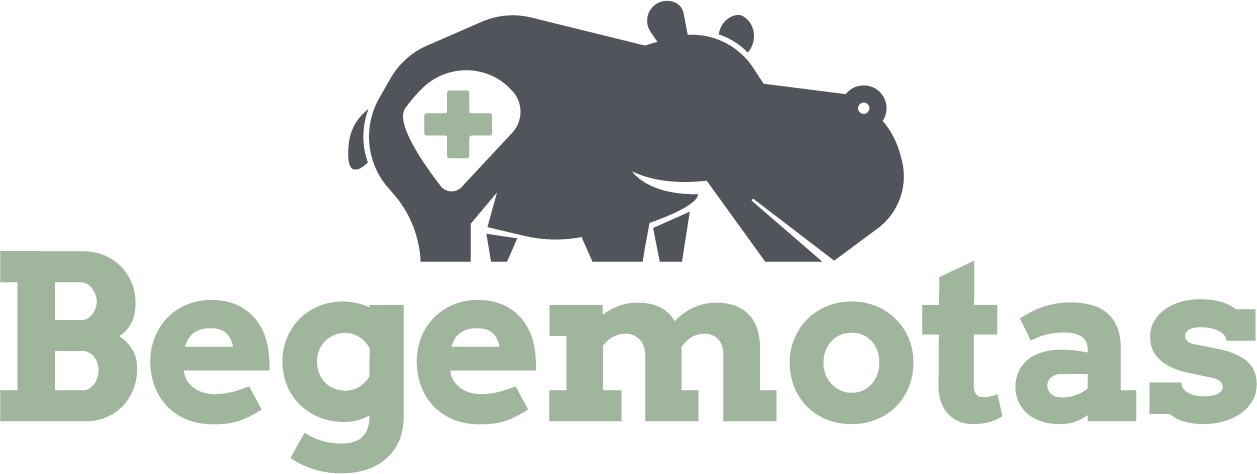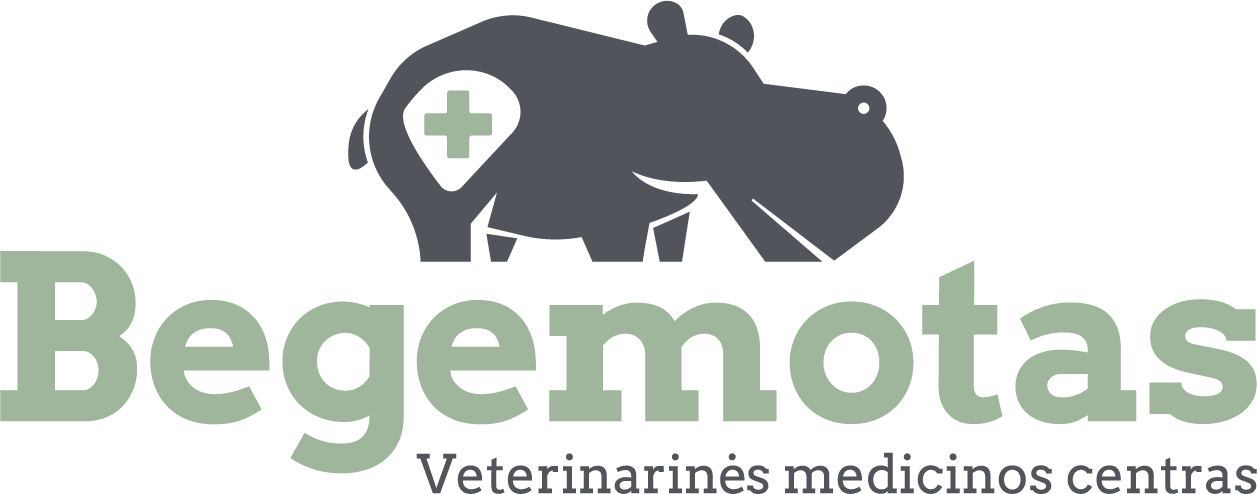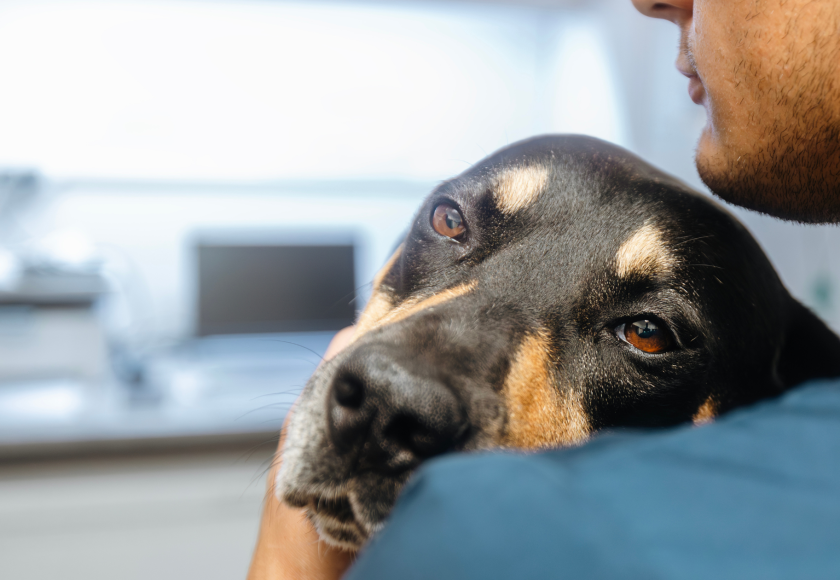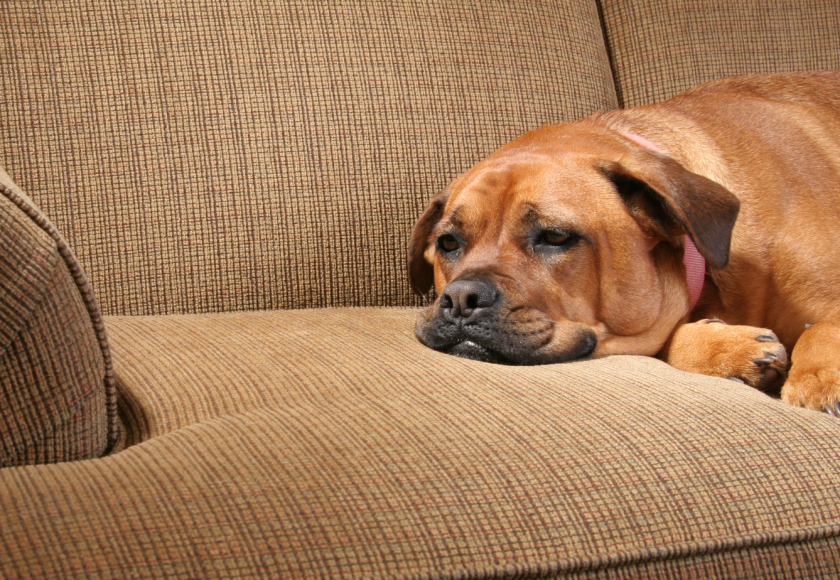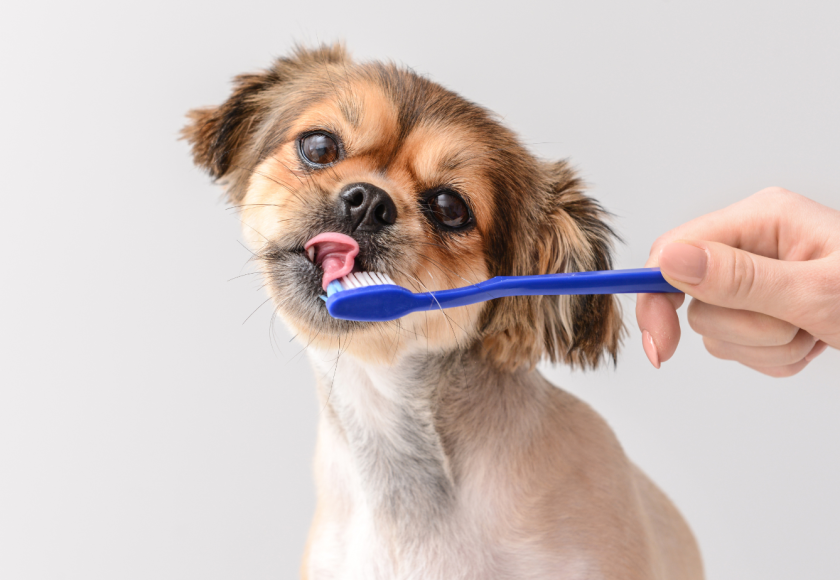Castration is a surgical procedure that removes an animal’s sex glands and prevents natural fertilization.
Dog castration involves removing the testicles while leaving the scrotum intact. During the operation, both of the dog’s testicles are removed, thereby eliminating the organ that produces the male hormone testosterone.
Dog sterilization – castration of females (bitches) is also known as spaying. During dog sterilization, the ovaries (ovarioectomy) or the ovaries together with the uterus (ovariohysterectomy) are removed.
Table of contents
Why is neutering dogs recommended?
Neutering dogs is the best way to prevent prostate diseases, the progression of cancer, or even its onset. Neutering dogs, especially males, helps control problematic behavior related to hormonal imbalance or dominance.
Specialists at the Begemotas veterinary clinic in Vilnius recommend neutering pets and other animals that are not intended for breeding or participation in shows.
When is the best time to neuter dogs?
This is the most debated issue in veterinary medicine. Begemotas veterinarians recommend that dogs (males) be neutered no earlier than one year (12 months) of age.
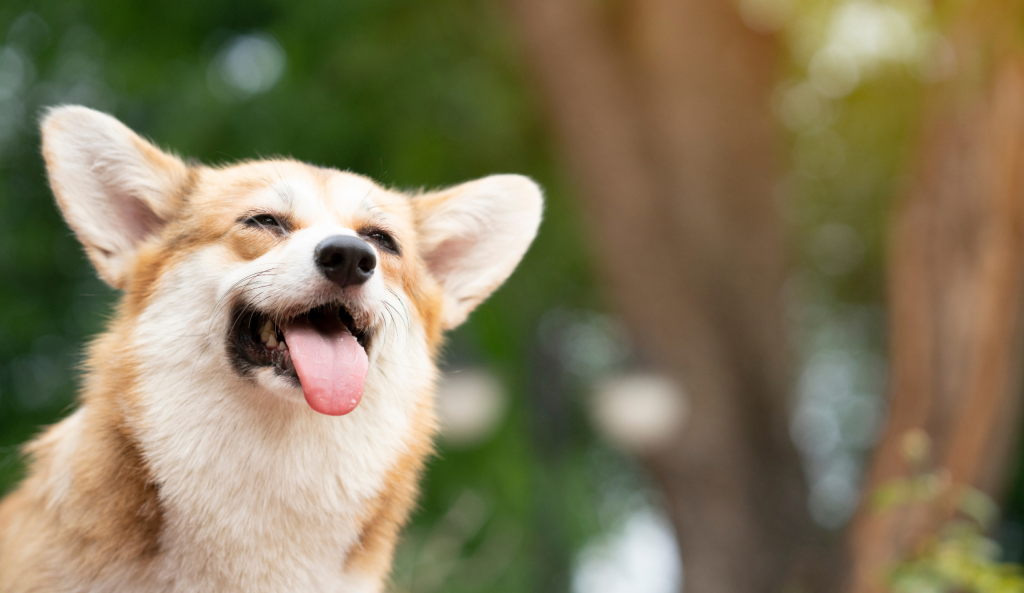
Why is dog sterilization necessary?
Spaying female dogs protects pets from malignant tumors of the mammary glands, pyometra, unplanned pregnancy, false (pseudo) pregnancy, and many other unwanted diseases and behavioral problems that can be caused by sex hormones.
The Begemotas Veterinary Medicine Center is one of the few veterinary clinics in Vilnius that employs a specialist who performs laparoscopic spaying of female dogs.
When is it recommended to spay or neuter dogs?
At the Begemotas veterinary clinic in Vilnius, veterinary specialists recommend that female dogs undergo castration surgery no earlier than two months after their first heat.
Dog neutering and spaying – preparation
The most important thing is to remain calm. Pets can sense their owners’ feelings and moods. Another very important factor in preparation is not to feed your dog for at least 8 hours before the planned castration.
The specialists at the Begemotas Veterinary Medical Center always recommend performing morphological and biochemical blood tests before performing or planning the castration or sterilization of a dog to ensure the success of the procedure.
How is dog neutering performed?
All surgical procedures at the Begemotas veterinary clinic are performed under general anesthesia, during which the pet sleeps and feels no pain. Sedatives and painkillers are also used before and after procedures.
Veterinarians recommend using inhalation general anesthesia during castration and sterilization. During inhalation anesthesia, the animal inhales and exhales anesthetics with each breath, allowing the depth of anesthesia to be adjusted quickly and accurately. Once the surgery is complete and the supply of anesthetic gas is stopped, the dog wakes up from anesthesia within a few minutes.
Our veterinary surgeons perform all surgical procedures using the latest and highest quality veterinary equipment, monitoring every second during castration to ensure the success of the operation.
During castration of a male dog, both testicles are completely removed through a 2-4 cm incision between the penis and scrotum. After the operation, the wound is sutured.
How is dog sterilization performed?
Spaying of female dogs is performed using a laparoscope. An optical system and thin manipulators are used during the operation. The biggest advantage of laparoscopic spaying is the extremely small (up to 2.5 cm) surgical incision.
During the operation, carbon dioxide gas is injected into the abdominal cavity, which lifts the abdominal wall, creating enough space to examine the organs inside the abdomen and perform diagnostic or therapeutic procedures.
When there is enough gas in the abdominal cavity, special surgical equipment is inserted through 1-2.5 cm incisions. The entire procedure is monitored through a small camera mounted on the surgical equipment and a telemonitor in the operating room.
Dog sterilization is also performed without a laparoscope, when the ovaries and uterus are removed through an incision in the abdominal area. This type of surgery is usually a little more complicated during the healing process, and a larger incision is made, depending on the weight, breed, and number of puppies the dog is expected to have.
Care after dog sterilization/castration
After the dog has been spayed/neutered, the pet owner will only be able to take the dog home once it has fully recovered from the anesthesia.
After the dog’s castration or sterilization, the veterinarian will provide the owner with all the necessary information and medication for post-operative care. Owners should only ensure that their dog is calm and rested.
It is recommended to wear a protective garment for 10 days after the dog (male) has been neutered to prevent the dog from licking the surgical incision.
After a female dog has been spayed laparoscopically, veterinarians recommend wearing a special protective garment that protects the surgical incision from licking.
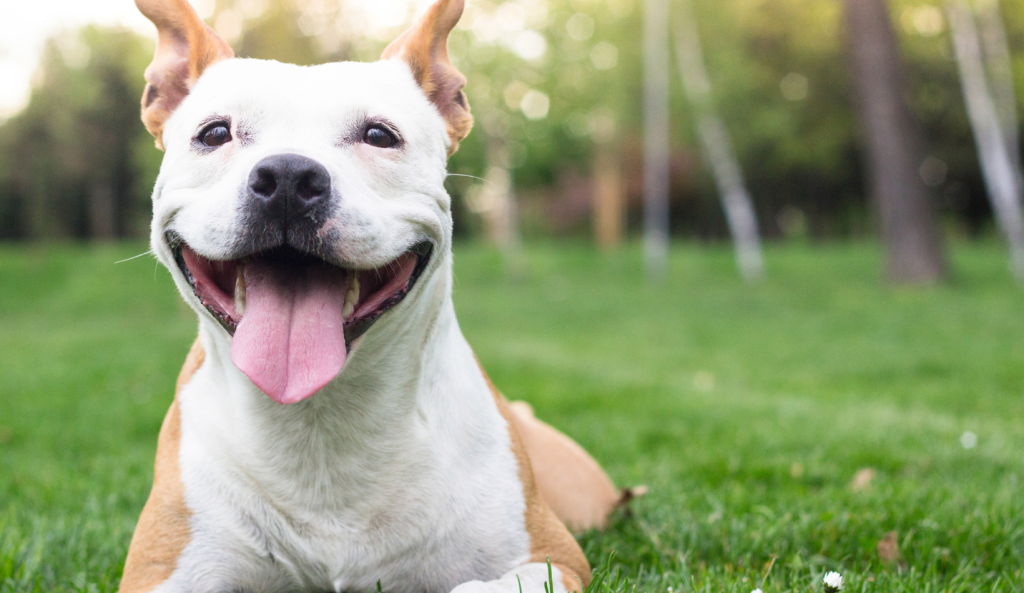
Cost of dog neutering and cat neutering
The cost of neutering and spaying dogs depends on the animal’s weight and the procedure chosen.
Medication used before, during, and after the operation is also calculated according to weight.
Before choosing any procedure, the specialists at the Begemotas Veterinary Medicine Center always welcome caring owners for a consultation. You can easily register your dog for castration or sterilization in our system. If you have any further questions about this service for your pet, please contact us for a consultation.
The professionalism and competence of our veterinarians will give you peace of mind when making decisions that are beneficial to your pet’s health. Innovative solutions, new equipment, experience, care, and targeted, high-quality veterinary medicine—you will find all this at the Begemotas veterinary clinic.
Cost of laparoscopic sterilization
The cost of laparoscopic sterilization in veterinary medicine depends on several important factors. First of all, the equipment and technology used have an impact.
Laparoscopic surgery requires special equipment because the procedure is performed using small incisions and cameras that allow for a clear view of the area being operated on. Such equipment is not only more expensive, but also requires special skills on the part of the veterinarian, so the higher cost of the procedure is related to the qualifications of the specialists.
The second important factor is the weight of the animal. For large animals, such as large breed dogs, the operation may take longer and require more resources, so the price may be higher. In modern clinics, where the latest technology is used and experienced specialists work, services may be more expensive.
Finally, the final price also includes post-operative care costs, which may vary depending on the animal’s health and condition, weight, and treatment needs.
